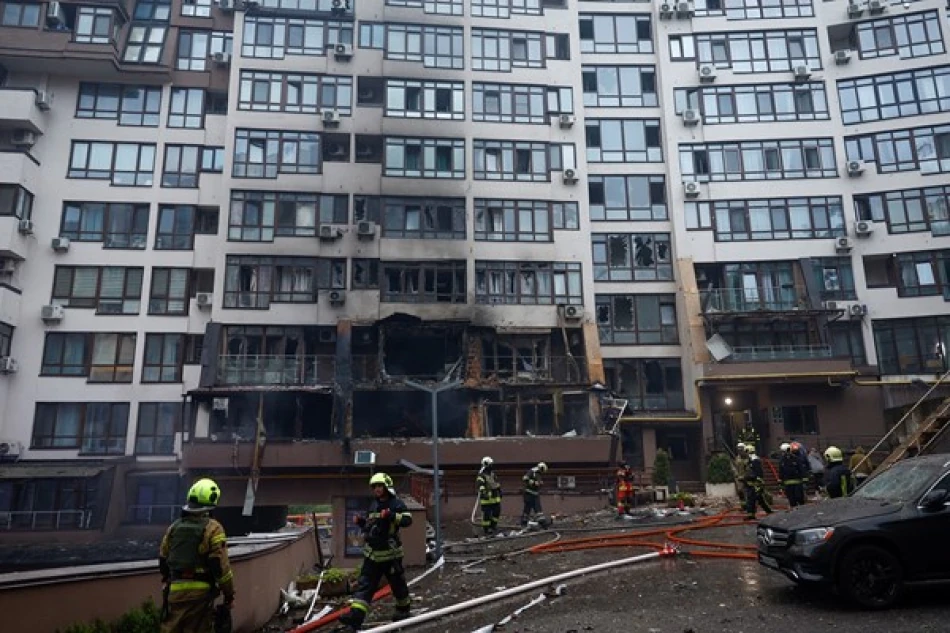
Drones Swarm Kyiv: A Disturbing Escalation in Ukraine's Ongoing Conflict
Russia Escalates Urban Warfare with Overnight Drone Strikes on Kyiv Infrastructure
Russian forces launched a coordinated drone assault on Ukraine's capital early Monday morning, killing one civilian and injuring two others while targeting critical urban infrastructure including metro stations. The attack represents a continued escalation in Russia's strategy of targeting civilian areas and transportation hubs, further demonstrating the conflict's shift toward urban warfare tactics that mirror patterns seen in previous Eastern European conflicts.
Strategic Targeting of Transportation Networks
The overnight strikes caused fires across multiple neighborhoods in Kyiv, with significant damage reported to a metro station entrance, according to Tymur Tkachenko, head of the city's military administration. Witnesses reported thick smoke billowing inside the subway station, highlighting Russia's apparent strategy of disrupting civilian mobility and psychological warfare through infrastructure attacks.
This targeting of metro systems follows a well-documented pattern in modern urban conflicts, where transportation hubs become strategic targets due to their dual role as civilian lifelines and potential military logistics corridors. Similar tactics were employed during the siege of Sarajevo in the 1990s and more recently in conflicts across the Middle East.
Escalation in Drone Warfare Tactics
The use of drone swarms represents a significant evolution in Russia's military approach, leveraging relatively inexpensive unmanned systems to conduct precision strikes on urban targets. This strategy allows for sustained pressure on civilian infrastructure while minimizing the risk to Russian military personnel.
Economic and Psychological Impact
Beyond immediate casualties, these attacks serve multiple strategic purposes for Russian forces. Disrupting metro operations affects hundreds of thousands of daily commuters, creating economic ripple effects throughout the capital. The psychological impact of targeting everyday civilian spaces like subway stations is designed to erode public morale and pressure Ukrainian leadership.
International Response and Military Aid Implications
These latest strikes will likely influence ongoing discussions among NATO allies regarding enhanced air defense systems for Ukraine. The targeting of civilian infrastructure typically accelerates international military aid decisions, as seen following previous escalations in the conflict.
The incident underscores the urgent need for more sophisticated anti-drone defense systems in urban environments, a challenge that extends beyond Ukraine to cities worldwide grappling with the emerging threat of drone warfare. European defense contractors are already seeing increased demand for counter-drone technologies, with market analysts projecting significant growth in this sector.
Broader Implications for Urban Defense
The Kyiv attacks highlight vulnerabilities in protecting dense urban areas from low-cost drone threats, a concern that resonates globally as cities worldwide reassess their defensive capabilities. The integration of drone warfare into conventional military operations represents a paradigm shift that will likely influence military doctrine and urban planning for decades to come.
Most Viewed News

 Layla Al Mansoori
Layla Al Mansoori






